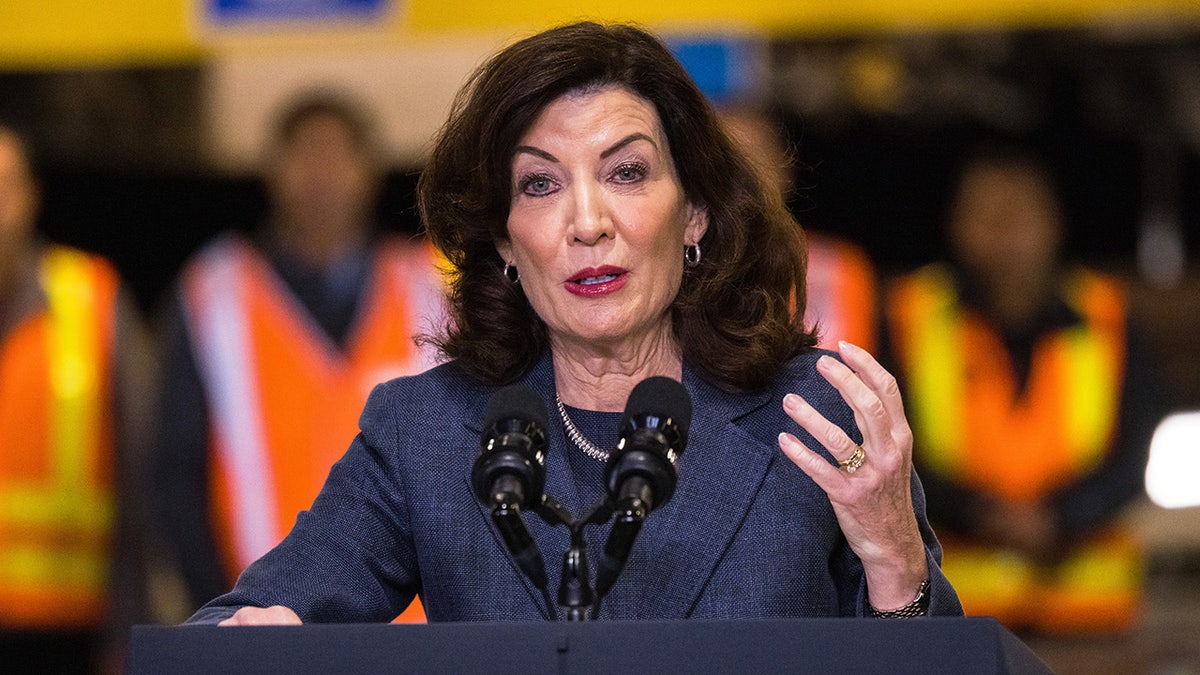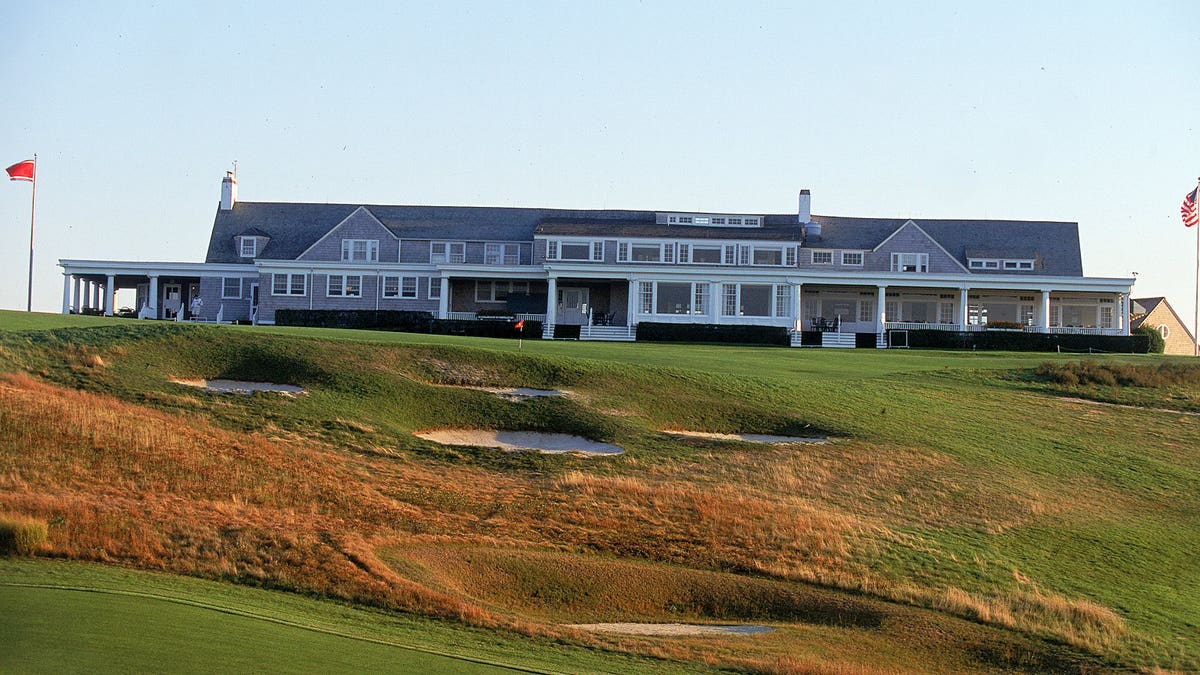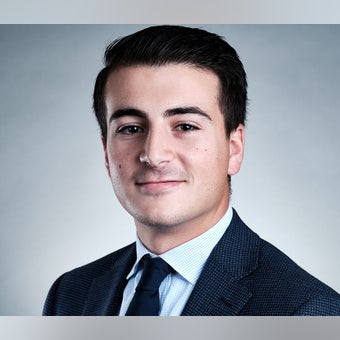Democrats are the ‘party of no on climate and energy’: John Hart
C3 Solutions co-founder John Hart discusses a House GOP energy bill and the Democrats’ energy policies on ‘Fox & Friends Weekend.’
New York state officials determined that multiple high-income villages that boast million-dollar homes are "disadvantaged," opening the door for the areas to enjoy increased energy development funding.
In late March, the so-called Climate Justice Working Group (CJWG) — which consists of nine environmental justice advocates and four state government officials — released a list of disadvantaged communities as mandated under the 2019 Climate Leadership and Community Protection Act. Under the 2019 law, historically disadvantaged areas defined by the CJWG are required to receive no less than 35% of clean energy program funding.
"The final adoption of this criteria solidifies New York State's commitment to climate justice for those underserved communities most impacted by air pollution and harmful greenhouse gas emissions," New York State Energy Research and Development Authority President and CEO Doreen Harris said on March 27.
"Through its hard work and dedication, the Climate Justice Working Group's clearly defined guidance will help us realize the equitable distribution of benefits from clean energy investments as together, we combat climate change," Harris continued.
TOP NEW YORK REPUBLICAN SCORCHES STATE DEMS' EFFORT TO BAN GAS STOVES: 'AN ATTACK ON WORKING PEOPLE'

Democratic New York Gov. Kathy Hochul gives a speech on Jan. 31 in New York City. (Michael M. Santiago/Getty Images)
However, the working group included the villages of Tuckahoe and Shinnecock, two ritzy neighborhoods located in the Hamptons on Long Island, New York.
The median home price in Tuckahoe, for example, is $4.2 million, according to the real estate firm Redfin. One home located in the village was sold for $4.4 million in December.
The town of Southampton, New York, which encapsulates multiple villages including Tuckahoe and Shinnecock, boasts a median income of $108,545, about 57% higher than the median income nationwide, U.S. Census Bureau data showed.
SOCIALISTS CHEER DEM STATE’S CLIMATE BILL MANDATING FOSSIL FUEL SHUTDOWN: ‘WILL TRANSFORM NEW YORK’
In addition, the area is home to the invite-only Shinnecock Hills Golf Club, among the most exclusive golf courses in the country.
In a statement, New York Department of Environmental Conservation (DEC) spokesperson Haley Viccaro defended the state's disadvantaged community list and criteria, but didn't specifically address the designations of Tuckahoe and Shinnecock. She said the CJWG considered a range of objective factors that could make a community disadvantaged.

A general view of the clubhouse of Shinneock Hills Golf Course in Southampton, New York. (Simon Bruty/Allsport via Getty Images)
"The disadvantaged communities criteria is based on 45 indicators of environmental burdens and climate change risks and population characteristics and health vulnerabilities," Viccaro told Fox News Digital. "The data for these indicators are based on peer-reviewed datasets that are available on a census tract level and applicable statewide."
"The scores for each census tract were determined by adding these indicators in their respective categories to create a component score, and then adding those scores together to generate an overall score," she added. "Census tracts that scored above a certain threshold were determined to be disadvantaged communities under the definition established in the Climate Act."
CLICK HERE TO GET THE FOX NEWS APP
Viccaro added that the working group expanded geographic disadvantaged communities criteria to include 19 census tracts statewide where at least 5% of land is federally recognized reservation or owned by an Indian Nation. Southampton is home to the Shinnecock Indian Nation, a federally-recognized Indigenous tribe.
According to the DEC, the working group's 45 indicators included environmental burdens and climate change risks; socio-demographic factors such as age, race, and income; and health vulnerabilities.
The provision mandating such communities receive a substantial share of clean energy investments in the state's 2019 Climate Act was a source of inspiration for the Biden administration's Justice40 initiative which requires 40% certain federal investments to flow to disadvantaged communities that are "marginalized, underserved, and overburdened by pollution."





